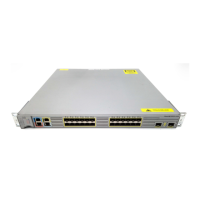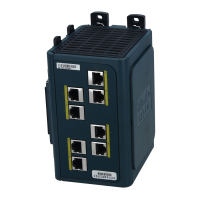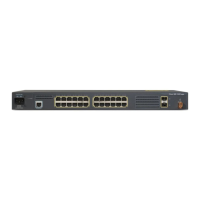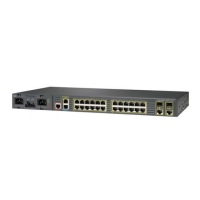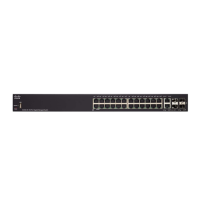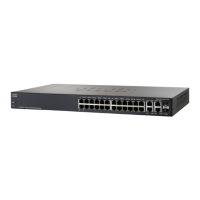27-54
Cisco ME 3800X and 3600X Switch Software Configuration Guide
OL-23400-01
Chapter 27 Configuring QoS
Configuring QoS
MPLS QoS Configuration Guidelines
• The switch supports these MPLS QoS features:
–
MPLS can tunnel the QoS values of a packet (that is, QoS is transparent from edge to edge).
With QoS transparency, the IP marking in the IP packet is preserved across the MPLS network.
–
You can mark the MPLS EXP field differently and separately from the per-hop behavior (PHB)
marked in the IP precedence, DSCP, or CoS field.
• One label-switched path (LSP) can support up to eight classes of traffic (that is, eight PHBs) because
the MPLS EXP field is a 3-bit field.
• MPLS DiffServ tunneling modes support E-LSPs. An E-LSP is an LSP on which nodes determine
the QoS treatment for MPLS packet exclusively from the EXP bits in the MPLS header.
• The switch does not support egress QoS marking.
• MPLS QoS classification does not work for bridged MPLS packets.
• For port-based EoMPLS, you cannot match the payload VLAN.
Setting the Priority of Packets with Experimental Bits
MPLS and EoMPLS provide QoS on the ingress router by using 3 experimental bits in a label to
determine the priority of packets. To support QoS between LERs, set the experimental bits in both the
virtual-connection and tunnel labels.
The process includes these steps on the ingress router:
• Configure a class map to classify IP packets according to their DSCP or IP precedence classification.
• Configure a policy map to mark MPLS packets (write their classification into the MPLS
experimental field).
• Attach the service policy to the input interface or service instance.
Beginning in privileged EXEC mode, follow these steps to set the experimental bits for EoMPLS or
MPLS QoS:
Command Purpose
Step 1
configure terminal Enter global configuration mode.
Step 2
class-map class-map-name Specify the name of the traffic class, and enter class-map configuration
mode.
Step 3
match {ip dscp dscp-list | ip
precedence ip-precedence-list}
Specify the matching criteria for IEEE 802.1Q packets.
• ip dscp dscp-list—list of up to eight IP DSCP values to match against
incoming packets. The range is 0 to 63.
• ip precedence ip-precedence-list—list of up to eight IP precedence
values to match against incoming packets. Separate each value with
a space. The range is 0 to 7.
Step 4
exit Return to global configuration mode.
Step 5
policy-map policy-map-name Specify the name of the traffic policy to configure, and enter policy-map
configuration mode.
Step 6
class class-name Specify the name of the predefined traffic class configured with the
class-map command, and enter policy-map class configuration mode.
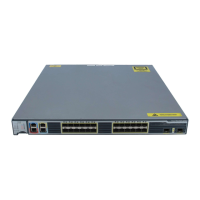
